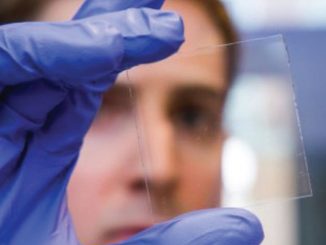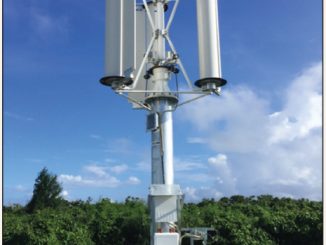
Communities across the world have employed different techniques to address the problem of potable water shortage. The most common solution has been the use of solar stills that are based on the evaporation-condensation principle. However, such stills are highly inefficient as most of these devices lose heat energy during the evaporation process. While some systems use optical concentrators, such as mirrors and lenses, to concentrate sunlight for increasing the overall efficiency of the system, such add-ons increase the cost of the system multiple times.
In order to address the twin challenges of inefficiency and high cost, researchers at the University of Buffalo, USA, have designed a solar-based water heater that essentially utilises the same techniques as traditional stills, but focuses on maximising the utilisation of solar energy while minimising the heat loss. The device is a solar still of the size of a mini-refrigerator, made of expanded polystyrene foam and porous paper coated with carbon black. This paper absorbs water while the carbon black absorbs sunlight to generate heat for the evaporation process. Sunlight captured by the paper is converted into heat, which is then used to evaporate the water, leaving behind salt and other impurities. The steam thus generated is converted into liquid form in a separate dish, resulting in potable water.
As per the research team, only 12 per cent of the available energy is lost during the conversion process, a rate which is quite efficient as compared to the traditional still where 40-50 per cent of energy is wasted. Moreover, the still is capable of purifying 3-10 litres of water per day as compared to 1-5 litres of water converted by traditional stills. Notably, the material used in the still is cheap as compared to that in optical dishes, but it produces similar results. The researchers believe that if produced in bulk, the cost of the material can be brought down significantly, thereby increasing the affordability of the product. Such a system is ideal for small communities that do not have ready access to potable water or piped water connections.



